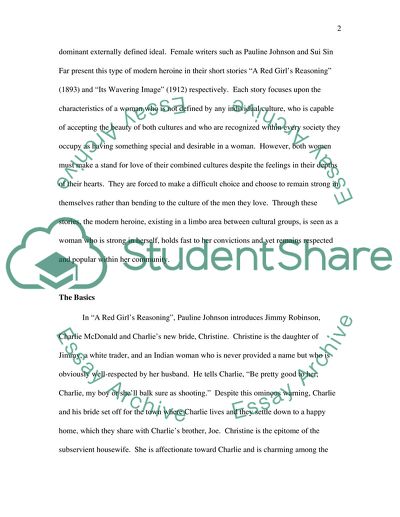Cite this document
(“Developing the Modern Heroine through A Red Girls Reasoning and Its Essay”, n.d.)
Developing the Modern Heroine through A Red Girls Reasoning and Its Essay. Retrieved from https://studentshare.org/literature/1543092-canadian-lit
Developing the Modern Heroine through A Red Girls Reasoning and Its Essay. Retrieved from https://studentshare.org/literature/1543092-canadian-lit
(Developing the Modern Heroine through A Red Girls Reasoning and Its Essay)
Developing the Modern Heroine through A Red Girls Reasoning and Its Essay. https://studentshare.org/literature/1543092-canadian-lit.
Developing the Modern Heroine through A Red Girls Reasoning and Its Essay. https://studentshare.org/literature/1543092-canadian-lit.
“Developing the Modern Heroine through A Red Girls Reasoning and Its Essay”, n.d. https://studentshare.org/literature/1543092-canadian-lit.


